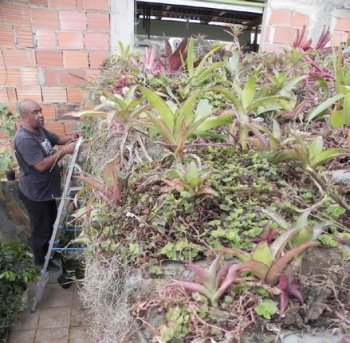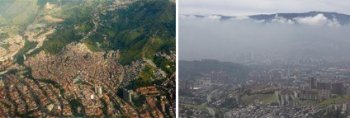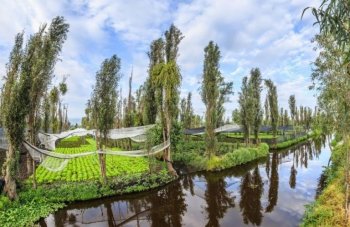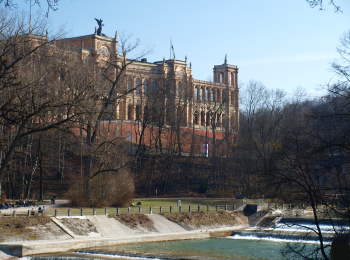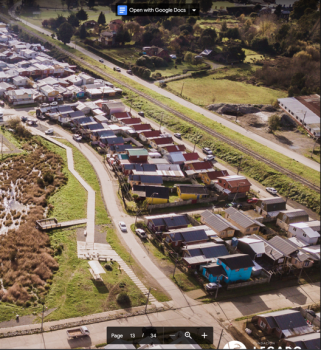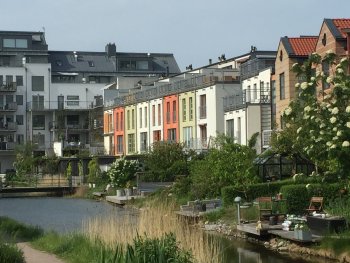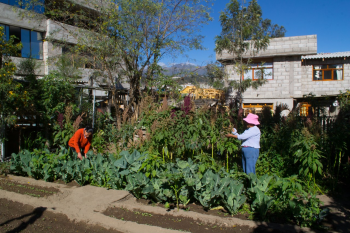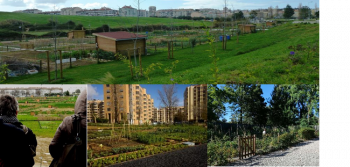Green roofs in the slums of Rio de Janeiro, Brazil
Controlling and mitigating the heat island effect in Arará slum, northern Rio de Janeiro, based on the development and monitoring of green roofs, using epiphytes or lithophytes. Given the common uses of cement or metal, tiles required the development of specific techniques and materials to allow for the growth of vegetation while keeping the overall weight low for safety.

